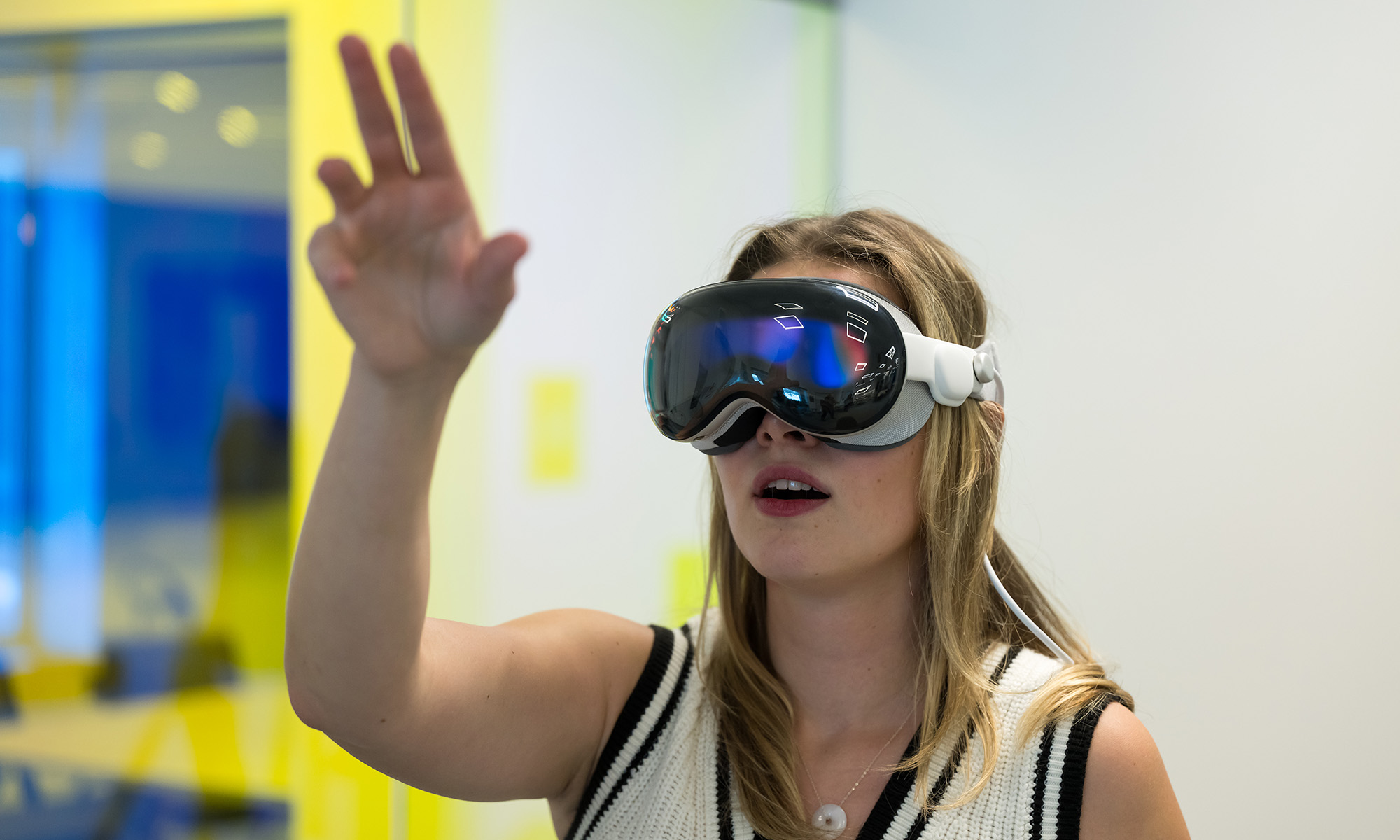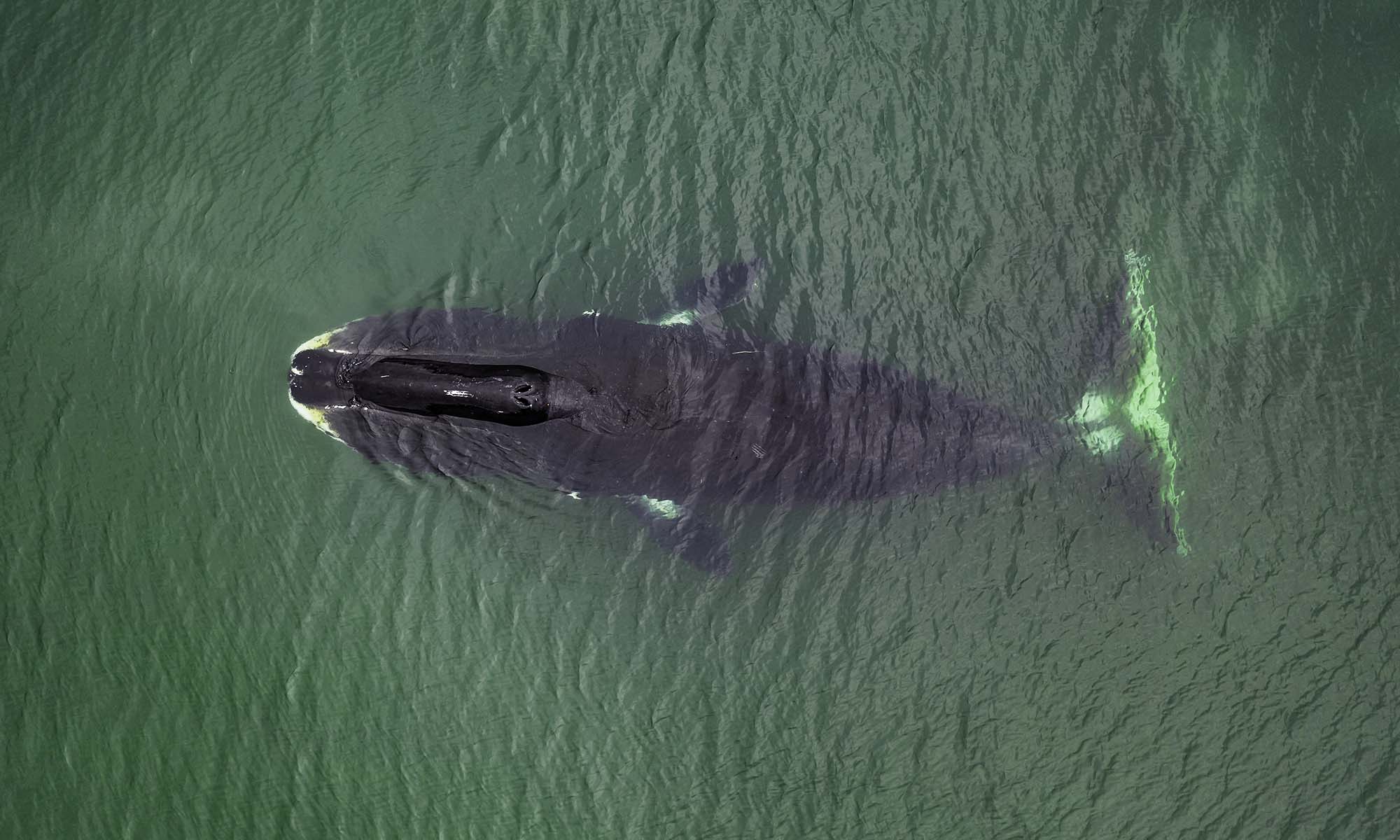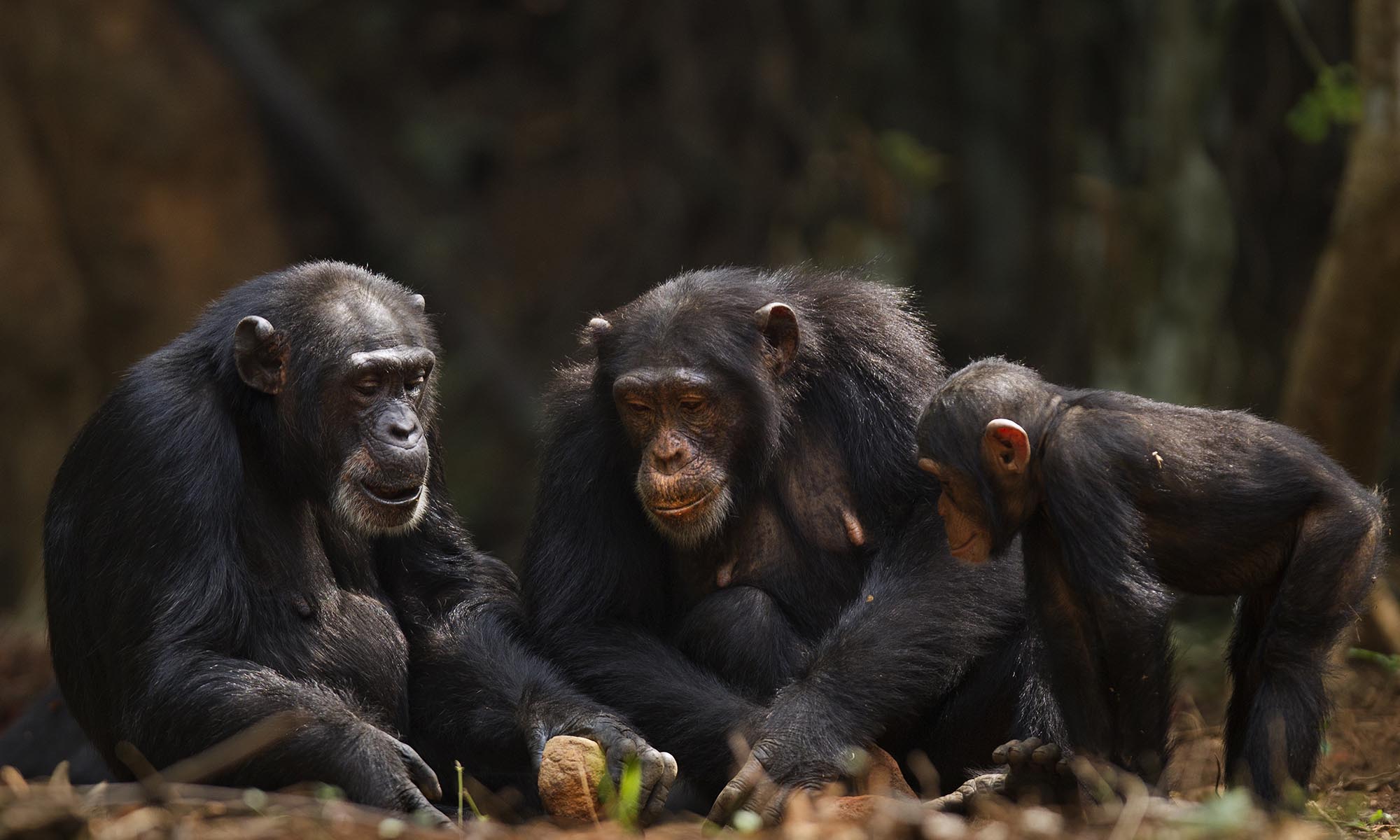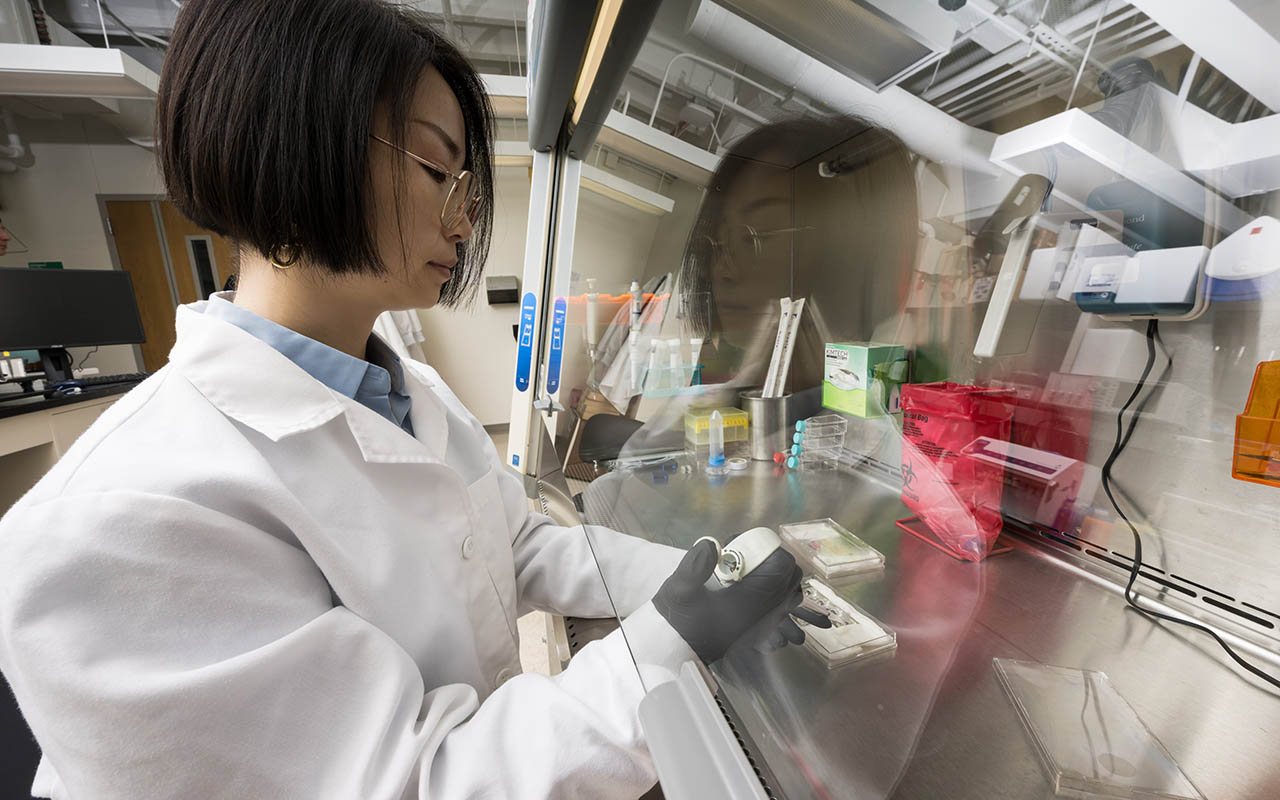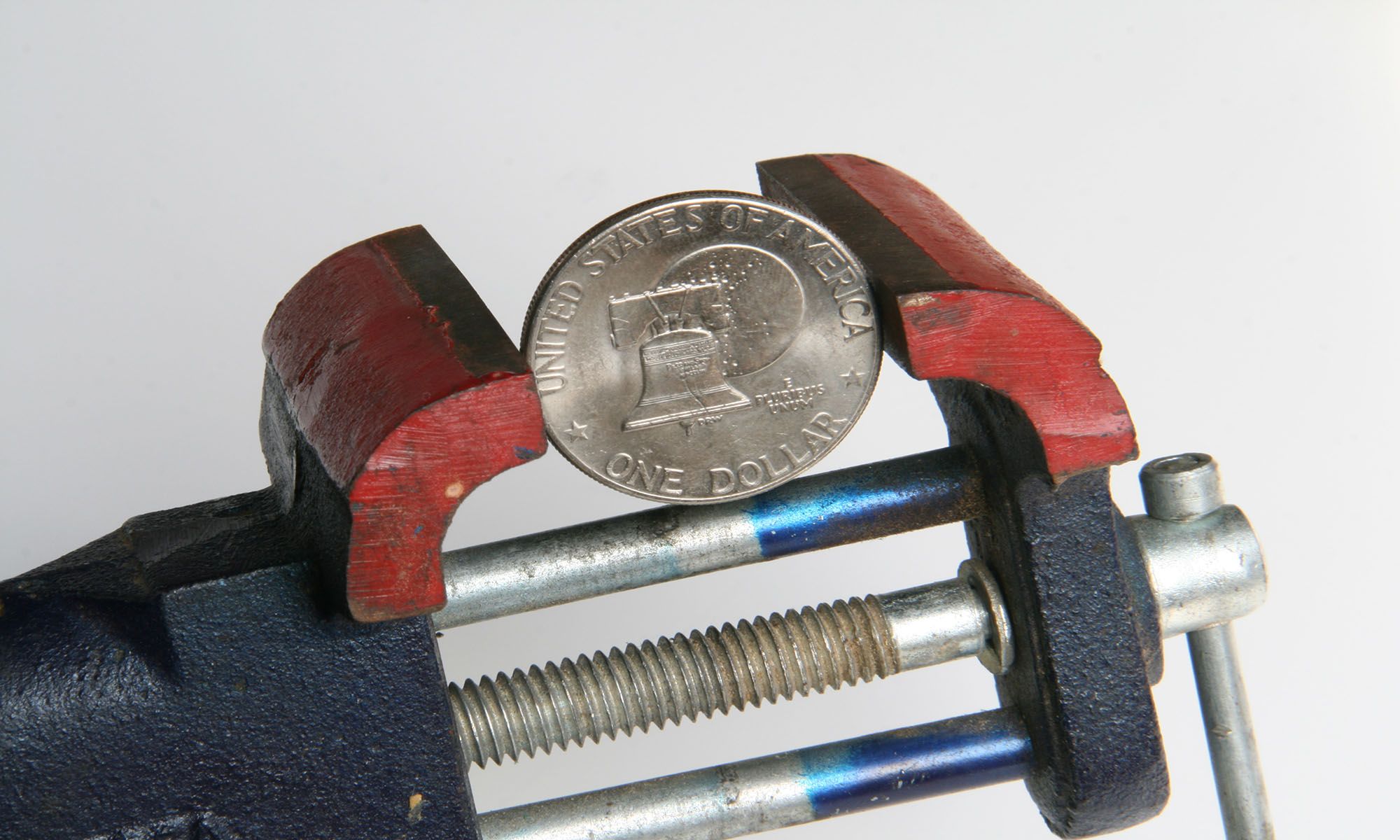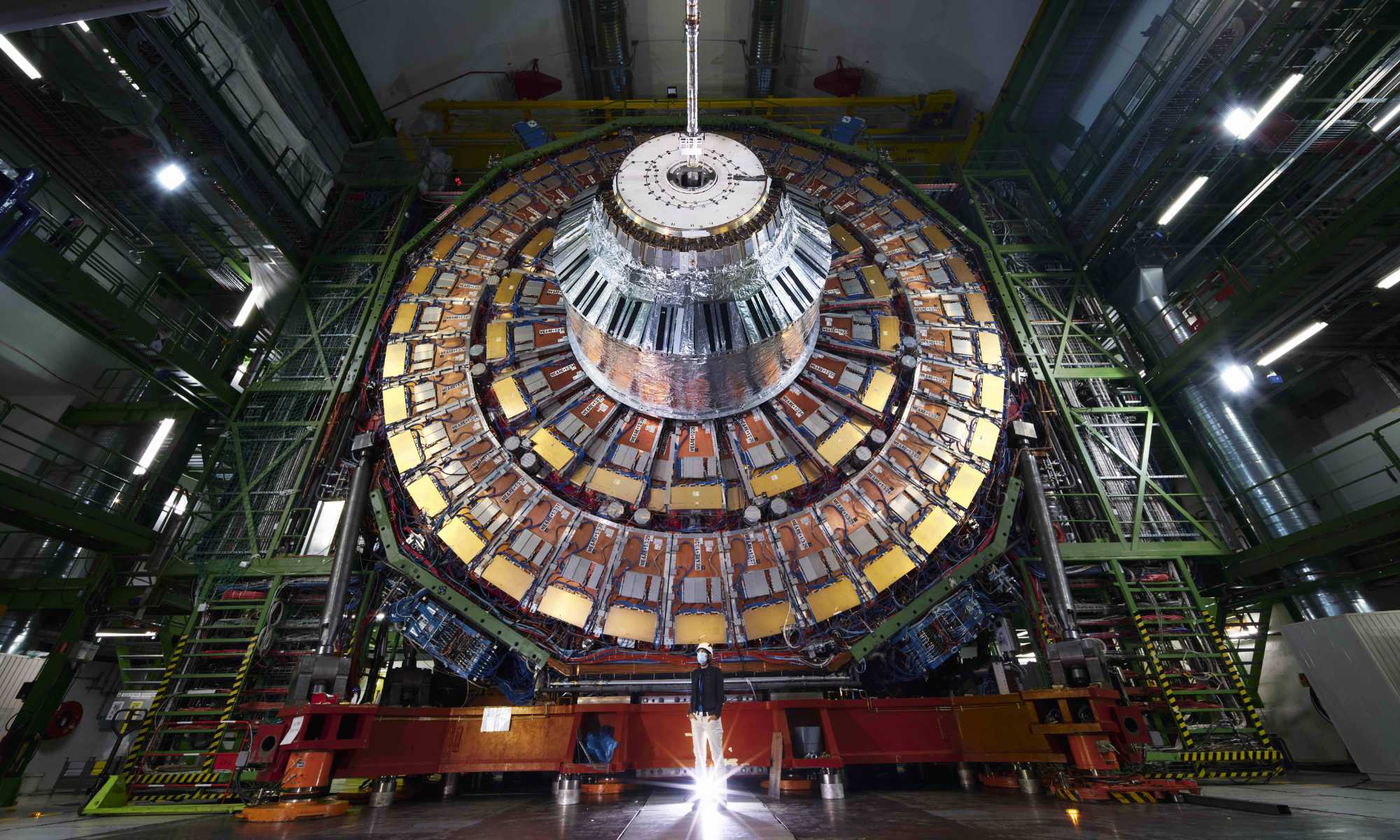
Society & Culture
Why top firms paradoxically fire good workers
November 18, 2025
Elite firms’ notorious ‘revolving door’ culture isn’t arbitrary but rather a way to signal talent and boost profits, a new study finds.



